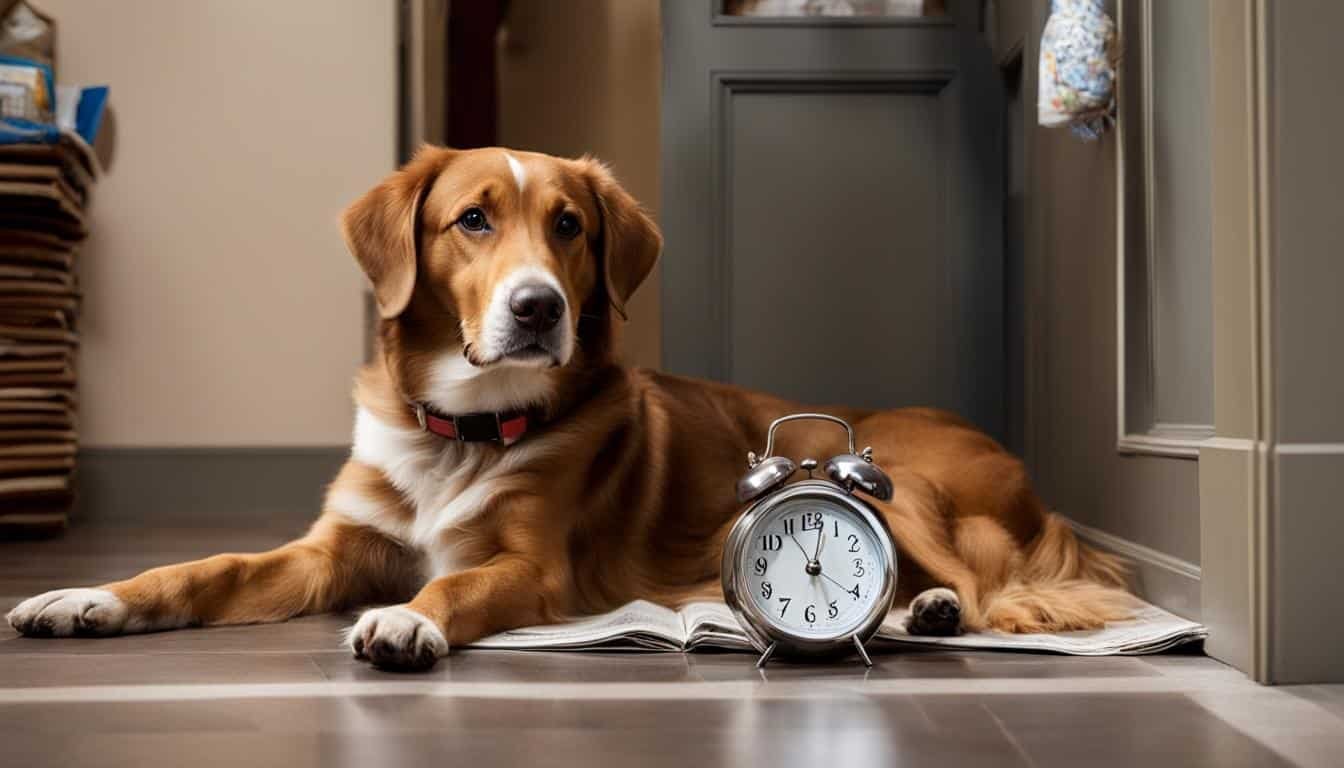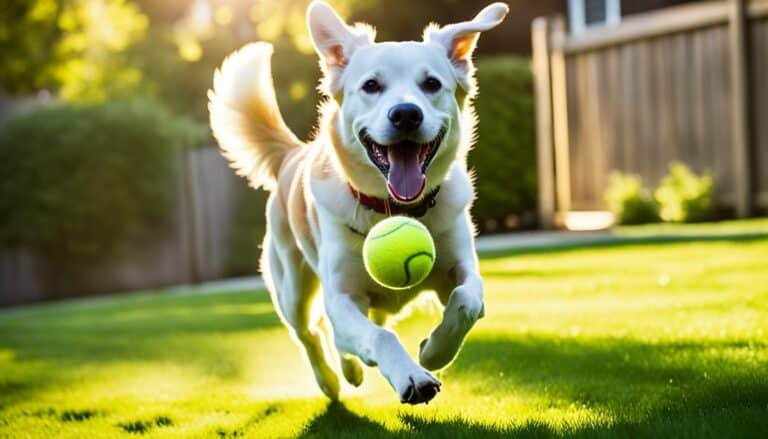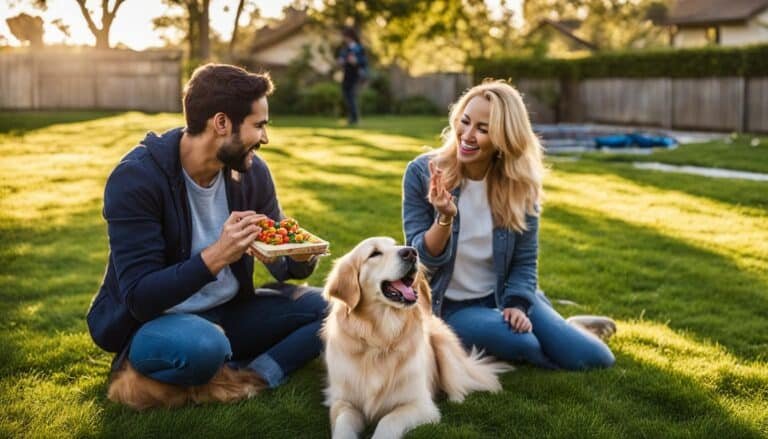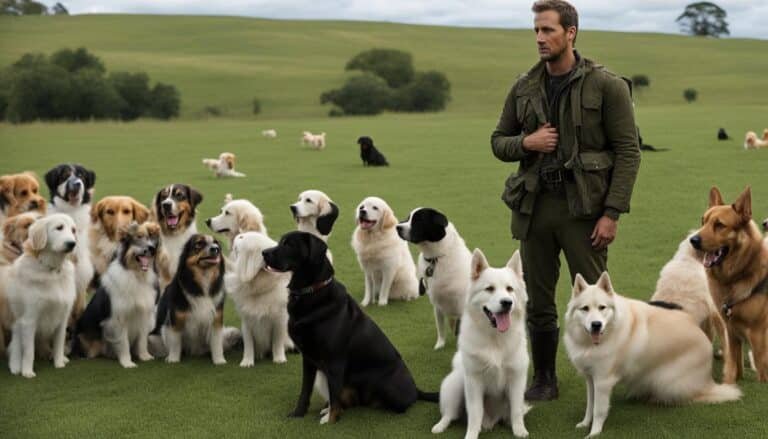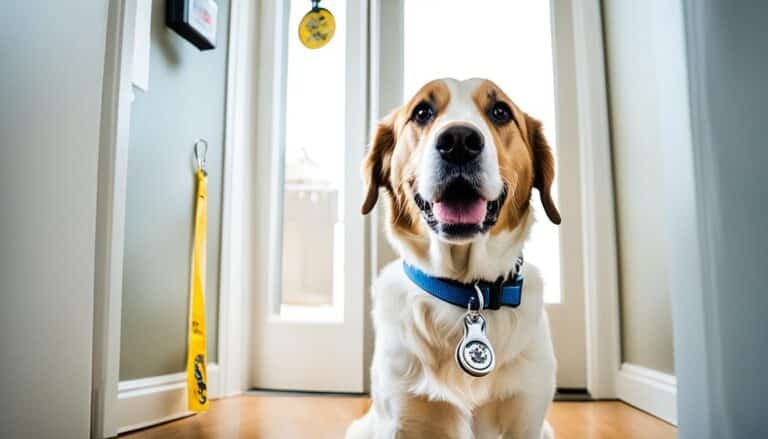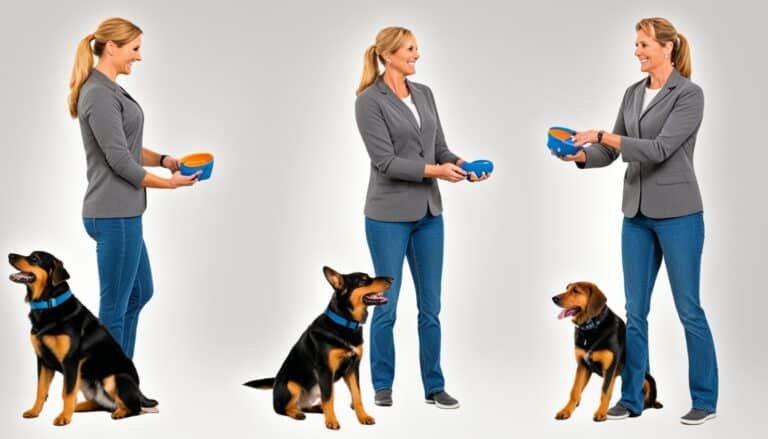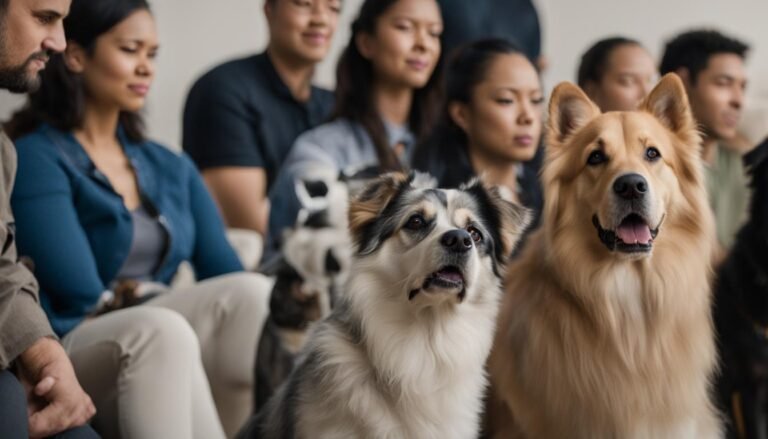How to Train Dog to Hold Bladder Longer
Contrary to popular belief, bladder control in dogs is not something that naturally occurs as they get older. It is a skill that must be taught. In this article, we will provide you with effective dog potty training tips to help you train your dog to hold their bladder longer.
Teaching your dog to hold their bladder will occur through house training. Puppies have smaller bladders and need more frequent bathroom breaks. A crate can be an effective training tool for bladder control as dogs do not like to toilet where they sleep and eat. By using a crate, you can create a designated space for your dog to learn bladder control.
In the following sections, we will delve into the importance of house training for bladder control, establishing a routine for bathroom breaks, crate training, rewards and positive reinforcement, potty training regression in adult dogs, and how medical issues can impact potty training regression.
Stay tuned for valuable insights and tips on how to effectively train your dog to hold their bladder longer and establish good bathroom habits. Let’s get started!
The Importance of House Training for Bladder Control
House training is crucial when it comes to teaching your dog bladder control and establishing good toilet habits. By following a few simple steps, you can help your furry friend learn to hold their pee and avoid accidents in the house.
One of the key aspects of housebreaking puppies is establishing a routine. Dogs thrive on consistency, so it’s important to take them outside frequently, especially after meals, playtime, and waking up from a sleep. This routine teaches them to associate a specific area with toileting, making it easier for them to understand where they should go.
It’s important to note that puppies have smaller bladders and need more frequent bathroom breaks. As they grow older, their bladder capacity will increase, allowing them to hold their pee for longer periods. However, regardless of their age, maintaining consistency in their bathroom routine is crucial for successful house training.
In addition to establishing a routine, positive reinforcement plays a vital role in teaching dogs to hold their bladder. Whenever your dog successfully toilets outside, be sure to give them plenty of praise, rewards, and affection. This reinforces the idea that going outside is the desired behavior. Dogs are eager to please their owners, so by providing positive reinforcement, you’re encouraging them to continue their good toilet habits.
By house training your dog and teaching them to hold their pee, you can avoid accidents inside your home and enjoy a cleaner living environment. Remember to be patient and consistent, and soon your dog will develop excellent bladder control.
Establishing a Routine for Bathroom Breaks
When it comes to managing your dog’s bathroom breaks, establishing a routine is crucial. By following a consistent schedule, you can train your dog to hold their bladder longer and reinforce good bathroom habits. Here are a few key tips for creating a successful routine:
1. Take your puppy outside frequently:
Puppies have smaller bladders and need more frequent bathroom breaks. Aim to take your puppy outside at least every hour, especially right after meals or drinks, after playtime, and after waking up from a sleep. This helps them learn to associate going to the bathroom with being outside.
2. Extend time between bathroom breaks as your puppy grows:
As your puppy gets older, their bladder capacity will increase. Gradually extend the time between bathroom breaks, but always pay attention to their cues. If they start showing signs of needing to go, such as pacing or whining, take them outside immediately.
3. Use positive reinforcement:
When your dog successfully goes to the bathroom outside, reward them with praise and treats. Positive reinforcement helps them understand that going outside is the desired behavior. Be consistent in rewarding them immediately after they finish, so they make the connection between the action and the reward.

By setting a routine for bathroom breaks and being consistent in your training, you can effectively manage your dog’s bathroom habits and teach them to hold their bladder longer. Remember, patience and positive reinforcement are key to successful potty training!
Crate Training for Bladder Control
Crate training is a highly effective method for teaching bladder control to your dog. Dogs have a natural instinct to keep their sleeping and eating areas clean, so a crate can serve as a designated space for them to hold their bladder. By using a crate, you can encourage your dog to develop bladder control by associating the crate with the need to toilet outside.
To start crate training, choose an appropriately sized crate that allows your dog to stand up, turn around, and lie down comfortably. Place a soft blanket or bed inside to make it cozy and inviting. Introduce your dog to the crate gradually, using positive reinforcement such as treats and praise. Make the crate a positive and safe space for your dog to retreat to.
When it’s time for your dog to toilet, take them directly from the crate to the designated toileting area. This helps reinforce the association between the crate and the need to eliminate outside. Use a consistent command, such as “go potty,” to encourage your dog to do their business.

Remember, crate training should not be used as a way to confine your dog for extended periods. It is important to give them regular bathroom breaks and exercise outside of the crate.
Crate training not only helps with bladder control but also provides your dog with a sense of safety and security. It can prevent accidents in the house during times when you cannot closely supervise your dog. With patience, consistency, and positive reinforcement, crate training can be a highly effective method for teaching bladder control to your dog.
Rewards and Positive Reinforcement
When it comes to potty training your dog, rewards and positive reinforcement play a crucial role. By implementing reward-based training methods, you can effectively reinforce good bathroom habits and encourage your dog to eliminate outdoors.
After your dog finishes eliminating outside, it’s essential to praise or give treats immediately. This timing helps them understand that they are being rewarded for the desired behavior. Waiting until they come back inside might confuse them, as they won’t make the connection between the praise or treat and their bathroom habits.
Consistency is key in potty training. Make sure to reward your dog every single time they eliminate outdoors, following the consistent pattern of immediate reinforcement. This will establish a strong association between eliminating outside and receiving a reward, reinforcing the behavior you want them to exhibit.
Positive reinforcement not only helps in potty training but also strengthens the bond between you and your furry friend. Dogs respond well to praise, treats, and other rewards, and it motivates them to repeat the desired behavior. Remember to use verbal cues such as “good dog” or a clicker, along with the treats, to mark the desired behavior.
- Use a high-value treat that your dog loves to make the reward enticing.
- Be consistent in the type and timing of rewards to avoid confusion.
- Gradually reduce the frequency of rewards as your dog becomes more consistent with their bathroom habits.
- Combine rewards with verbal praise or petting for an extra boost of positive reinforcement.
By incorporating rewards and positive reinforcement into your potty training routine, you can create a positive and effective learning experience for your dog. Remember to be patient and consistent, and soon your furry friend will become a pro at holding their bladder and eliminating outdoors.
Potty Training Regression in Adult Dogs
Even adult dogs can experience potty training regression, where they may start having accidents indoors after being successfully house trained. There can be several reasons behind this regression, including stress, changes in routine or environment, or simply a lack of consistent training.
Identifying the underlying cause of the regression is crucial to effectively address the issue. If your dog is stressed, try to create a calm and safe environment for them. Stick to a consistent routine for feeding, exercise, and bathroom breaks to establish a sense of predictability. This can help your dog adjust and regain their previous bathroom habits.
In addition to maintaining a routine, it’s important to provide your adult dog with mental stimulation and enrichment activities. Engaging their minds can help reduce anxiety and distract them from any potential stressors that may be causing the regression. Consider interactive toys, puzzle feeders, and training games to keep their minds active and focused.
Remember to be patient and avoid punishment when dealing with potty training regression. Instead, use positive reinforcement techniques such as rewards, praise, and treats when your dog successfully eliminates outside. This will reinforce the desired behavior and motivate them to continue proper bathroom habits.
By following these tips and addressing the underlying issues, you can effectively tackle potty training regression in adult dogs and help them maintain proper house training habits.
Quick Tips:
- Identify the underlying cause of the regression
- Create a calm and safe environment for your dog
- Stick to a consistent routine for feeding, exercise, and bathroom breaks
- Provide mental stimulation and enrichment activities
- Use positive reinforcement techniques
Medical Issues and Potty Training Regression
Potty training regression in adult dogs can sometimes have medical reasons behind it. One common medical issue that can cause regression is a urinary tract infection (UTI). UTIs can cause discomfort and frequent urge to urinate, leading to accidents indoors.
If you notice your dog displaying symptoms such as increased frequency of urination, straining to urinate, or blood in the urine, it is important to consult with a veterinarian. A vet can perform tests to determine if a UTI or any other underlying medical condition is causing the regression in potty training.
Addressing the medical issue is crucial in resolving potty training regression. Once the underlying cause is identified and treated, your dog’s bladder control should improve. It is also essential to reinforce proper bathroom habits through consistent training and positive reinforcement.
Remember, potty training regression can be frustrating but it is important to have patience and understanding. By addressing any medical issues and providing consistent training, you can help your adult dog regain their potty training skills and maintain good bladder control.
